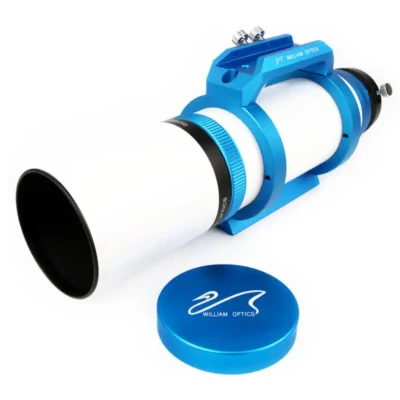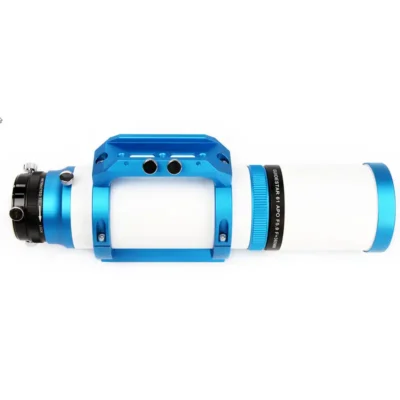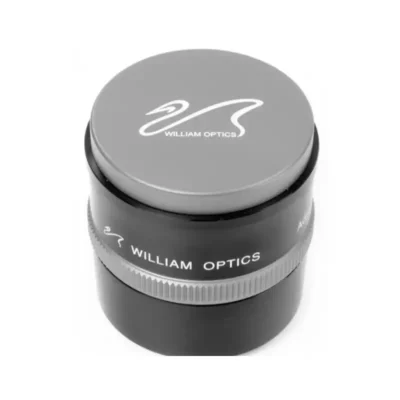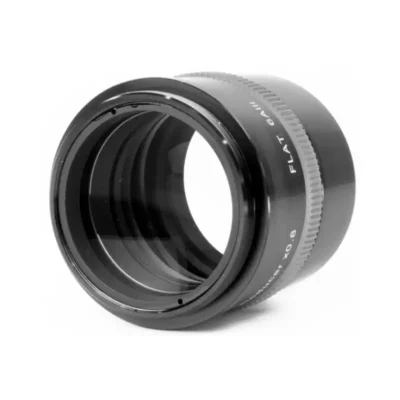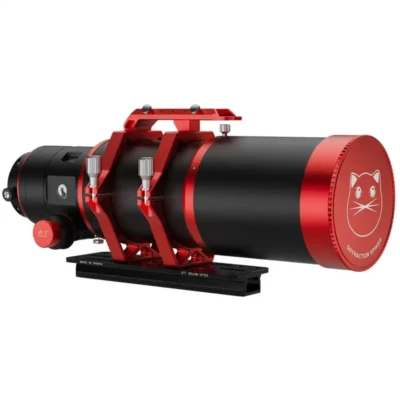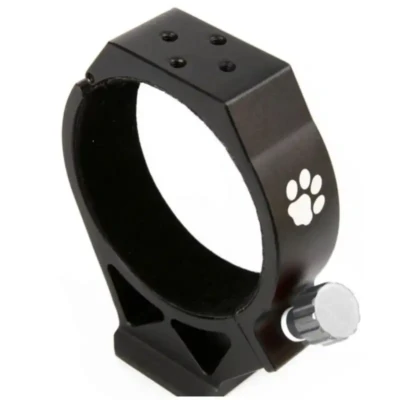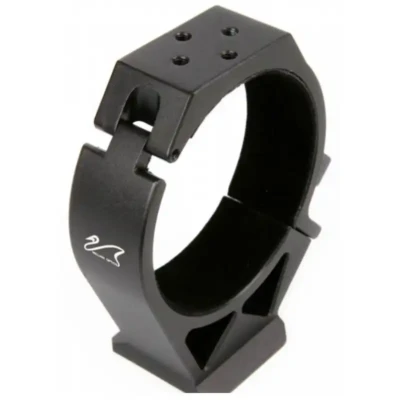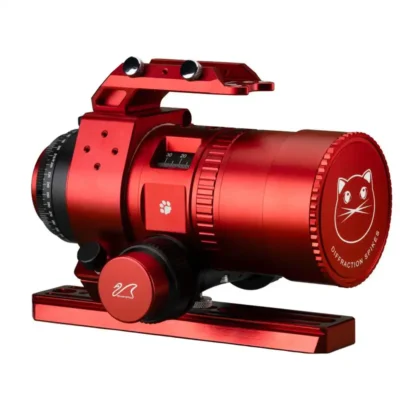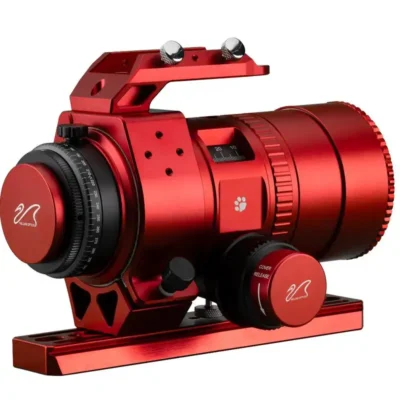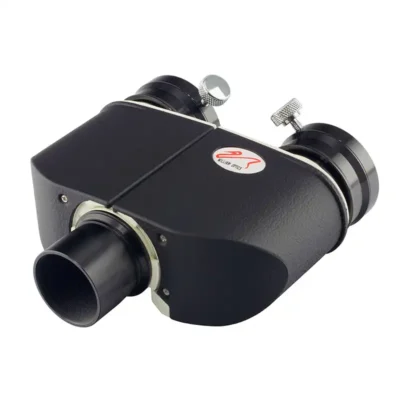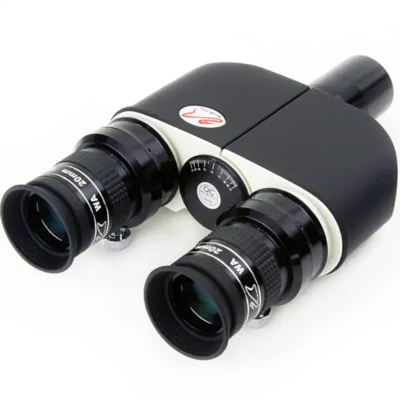Περιγραφή
hese apochromatic refractors meet the highest demands. They are ideal for long-time amateur astronomers and astrophotographers who want to invest in a dream optic that will give them pleasure for a long time to come!
An FPL-53 element is used in the FluoroStar apos, separated with an air gap between two crown glass lenses. The result is a true-colour, very sharp image.
The Fluorostar’s objective lens consists of three lenses with an air gap, which use special FPL-53 ED glass by Ohara, Japan, combined with lanthanum glasses. This extremely high-quality triplet design guarantees colour purity and clarity which leaves nothing to be desired – a true high-end instrument!
Combine this apochromat with a suitable high-quality zenith mirror from William Optics and you can see the stars with a level of clarity which other telescopes rarely provide. Binary stars separate and appear sharp, Jupiter’s bright bands and zones reveal striking details and Saturn’s rings appear as though they are flying past in a spaceship.
With its large aperture, without obstructions by the secondary mirrors required by reflectors, the wide world of Messier objects and ambitious deep sky objects is at your feet. Anyone who has ever looked through such a high-quality apochromat has been lost to the universe forever!
For astrophotography, the large image circle provides illumination, even for full-frame cameras. Combined with the Flat7A flattener by William Optics, it produces a fast aperture ratio of f/5.6. The flattener can be securely screwed on to the focuser.
The focuser has smooth, precise reduction, a temperature display and a large adjustment range. It effortlessly supports heavy astrophotography equipment which can also be rotated to find the best position on the sensor.
A further special feature of the new William Optics apochromats is the specially calculated Bahtinov focus mask:
These new focus masks made from optical acrylic glass provide 92% transparency.
The imprinted pattern provides a diffraction structure which is around three times brighter than classic metal masks. The acrylic glass masks therefore produce a clearer diffraction pattern and enable focusing with the help of fainter stars.













